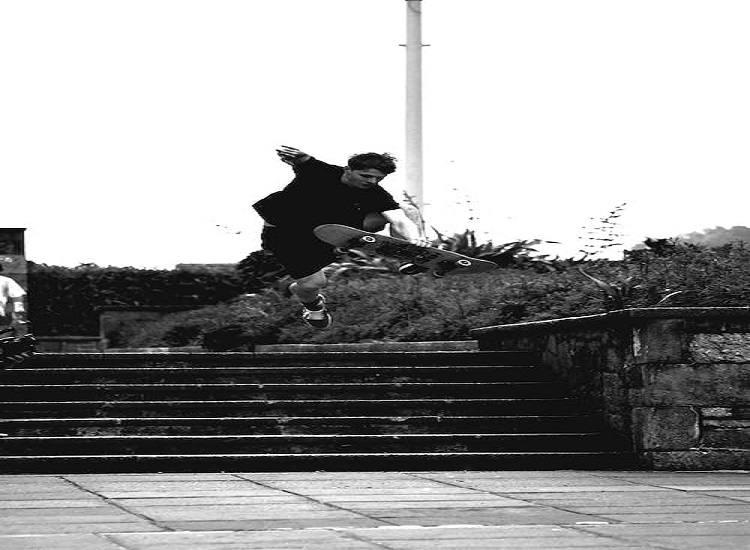
1. Can you use an electric scooter on public roads?
You may only drive the electric scooter on your own property. Not on public roads. The only exception is an electric scooter that is a “ designated moped” or moped. This is determined by the RDW. But that does not include most electric scooters that are sold. Driving an electric scooter on public roads is therefore now illegal.
The police can impose a fine of at least € 300.00 and confiscate the e-step based on current regulations. The number of penalties was substantial in 2022 and 2023, which is explained by the strong growth in sales of e-steps in the Netherlands.
2. New regulations coming with the national LEV framework
Regulations are on the way for LEVs in the Netherlands so that electric scooters can be used on public roads. The government is working on the LEV framework. It formulates the technical requirements that LEVs must meet if they want to go on public roads. But there are also requirements for the user of, for example, an electric scooter and how this vehicle can be fitted into current traffic.
For example, it is expected that there will be a registration obligation for the e-step and that you will be obliged to insure yourself for the WAM. Furthermore, you must be at least 16 years old to drive an e-step. And the e-step may not go faster than 25 km/h. You will not need a driver’s license to drive an e-scooter.
Implementing the new regulations takes time. It is now expected that the rules will only be amended in the autumn of 2023, which is expected to increase the number of e-scooters that are allowed on public roads.
NB! Until the regulations have been amended and your e-step has been approved by the RDW, you are not allowed to use it on the road.
3. Can you use an e-step with pedal assistance on public roads?
It is good to know that there is a difference between scooters with a throttle (fully electric) and scooters with pedal assistance, the Stapstep. A scooter with a throttle must be approved as a special moped. A scooter with pedal assistance falls under the bicycle legislation. This is then not seen as a motor vehicle, because you also have to step a bit yourself. This category is comparable to the electric bicycles that provide support up to 25 km/h and with a maximum power of 250 watts. Similar regulations, therefore, apply to traffic here.








